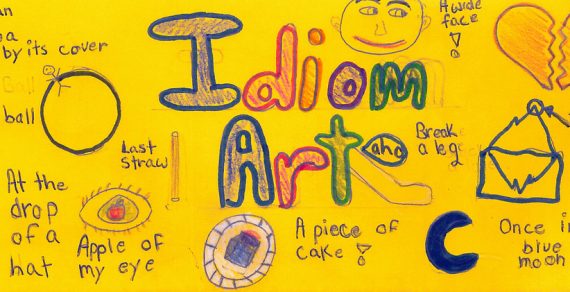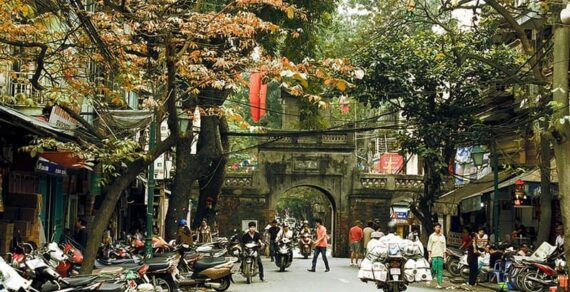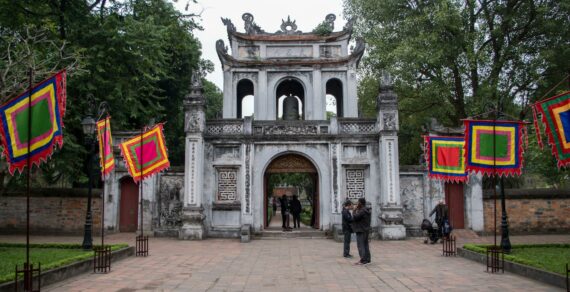When traveling to Hanoi, Vietnam, there are several must-visit destinations that offer a rich blend of history, culture, and natural beauty. Here’s a guide to some of the top places you should explore:
1. Hoàn Kiếm Lake (Hồ Hoàn Kiếm) and Ngọc Sơn Temple
- Why Visit?: This iconic lake is the heart of Hanoi and a symbol of the city. The serene surroundings are perfect for a leisurely stroll. Ngọc Sơn Temple, located on an island in the lake, is accessible by the charming red-painted Huc Bridge.
- What to Do?: Take a walk around the lake, visit the temple, and witness the locals practicing Tai Chi in the early morning.
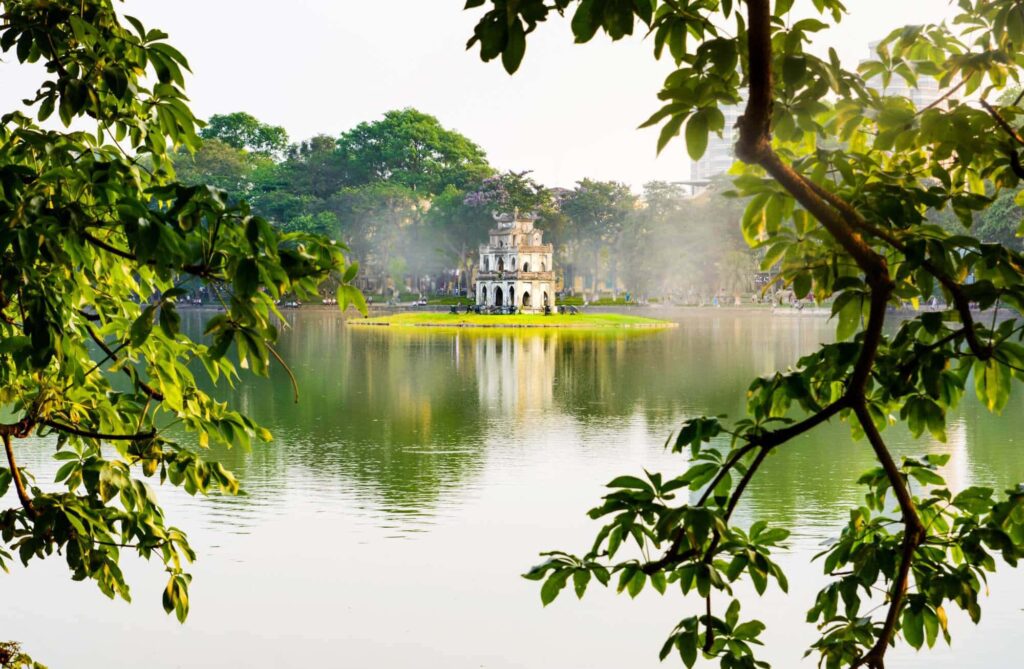
2. The Old Quarter (Phố Cổ)
- Why Visit?: The Old Quarter is a vibrant maze of narrow streets and alleys, each named after the goods once sold there. It’s the best place to experience the traditional and bustling life of Hanoi.
- What to Do?: Explore the historic streets, shop for souvenirs, and try street food like pho, bun cha, and egg coffee.
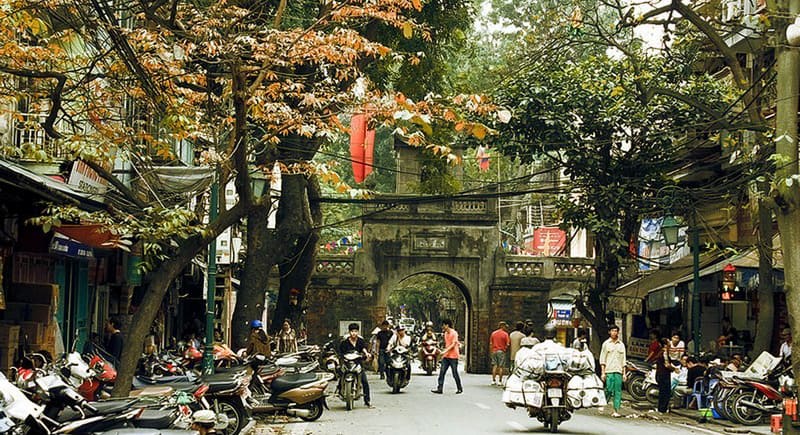
3. Lăng Chủ tịch Hồ Chí Minh (Ho Chi Minh Mausoleum)
- Why Visit?: This is the final resting place of Vietnam’s beloved leader, Ho Chi Minh. It’s a site of great national importance and a place where visitors can learn about his life and legacy.
- What to Do?: Pay your respects at the mausoleum, visit the Ho Chi Minh Museum, and explore the Presidential Palace and Ho Chi Minh’s Stilt House.
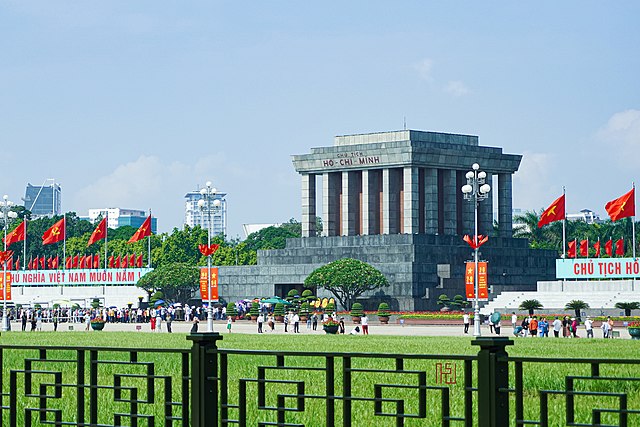
4. Văn Miếu Quốc Tử Giám (Temple of Literature)
- Why Visit?: This ancient temple, dedicated to Confucius, was Vietnam’s first university. It’s a beautiful example of traditional Vietnamese architecture and a symbol of the country’s scholarly tradition.
- What to Do?: Walk through the tranquil courtyards, admire the stone steles, and learn about Vietnam’s educational history.
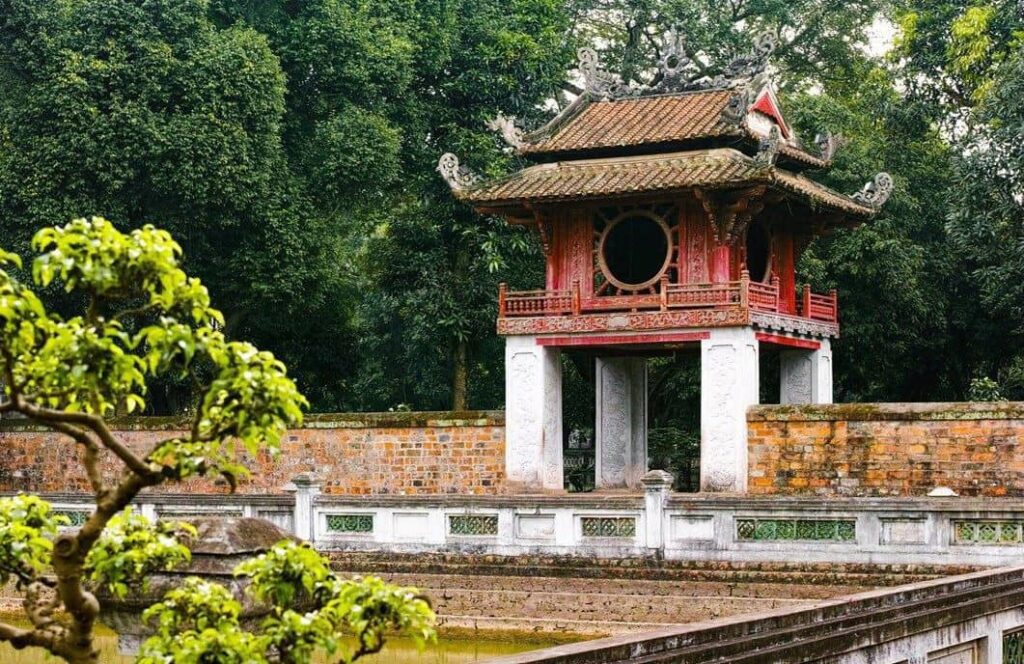
5. Hồ Tây (West Lake)
- Why Visit?: West Lake is the largest lake in Hanoi and offers a peaceful retreat from the bustling city. The area around the lake is dotted with historic sites, temples, and pagodas.
- What to Do?: Enjoy a bike ride or walk around the lake, visit the Tran Quoc Pagoda, and dine at one of the many lakeside restaurants.
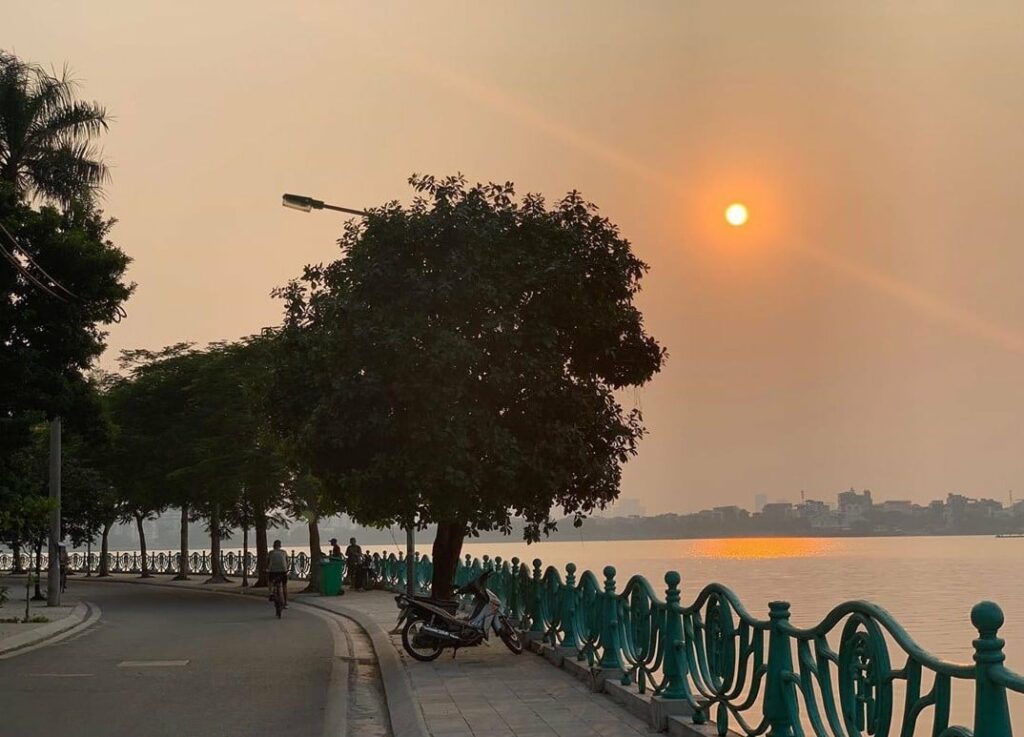
6. Chùa Một Cột (One Pillar Pagoda)
- Why Visit?: This unique pagoda, built to resemble a lotus blossom, is one of Hanoi’s most iconic structures. It’s a symbol of purity and resilience in Vietnamese culture.
- What to Do?: Take photos of this architectural marvel and learn about its historical significance.
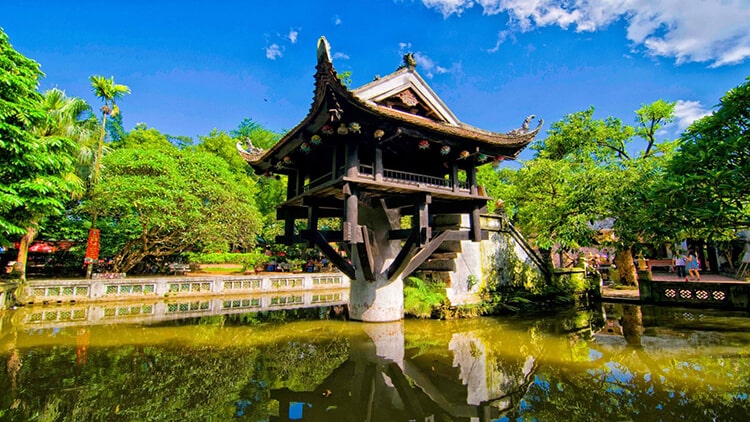
7. The Imperial Citadel of Thăng Long (Hoàng Thành Thăng Long)
- Why Visit?: A UNESCO World Heritage site, the Imperial Citadel of Thăng Long is a symbol of Hanoi’s rich history and was the political center of ancient Vietnam for over a thousand years.
- What to Do?: Explore the ancient ruins, visit the archaeological sites, and learn about the history of the Vietnamese dynasties.
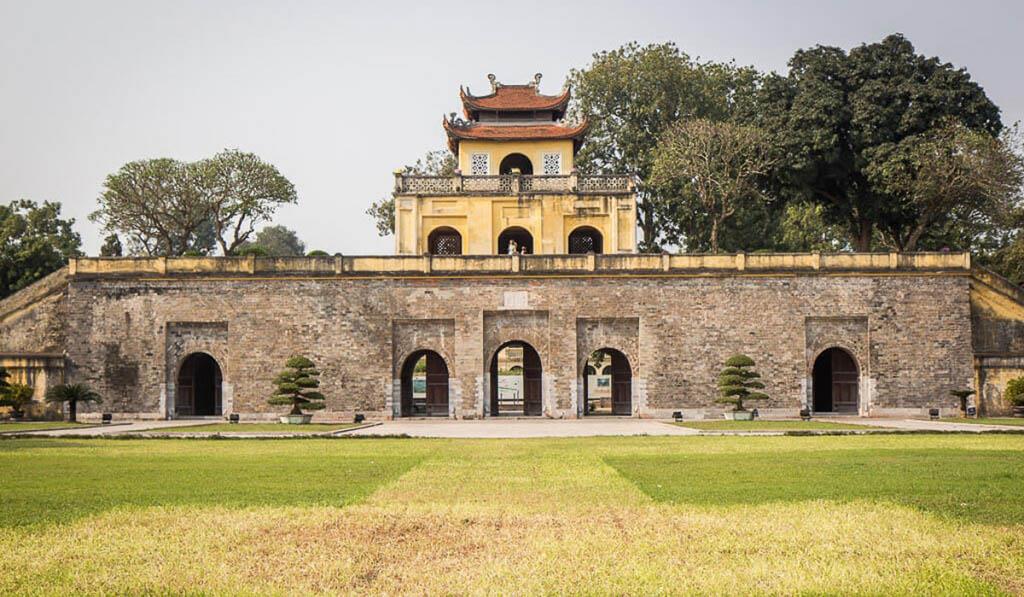
8. Hỏa Lò Prison (Maison Centrale)
- Why Visit?: Known as the “Hanoi Hilton” during the Vietnam War, this former prison offers a sobering glimpse into the history of colonial oppression and the resilience of the Vietnamese people.
- What to Do?: Take a guided tour to learn about the prison’s history and the experiences of the inmates.
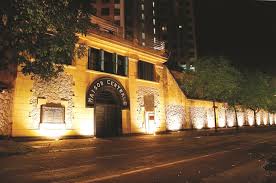
9. Bảo tàng Dân tộc học Việt Nam (Vietnam Museum of Ethnology)
- Why Visit?: This museum offers a comprehensive look at the diverse ethnic groups of Vietnam, showcasing their traditional costumes, artifacts, and ways of life.
- What to Do?: Explore the indoor exhibits and the outdoor display of traditional houses from different ethnic groups.
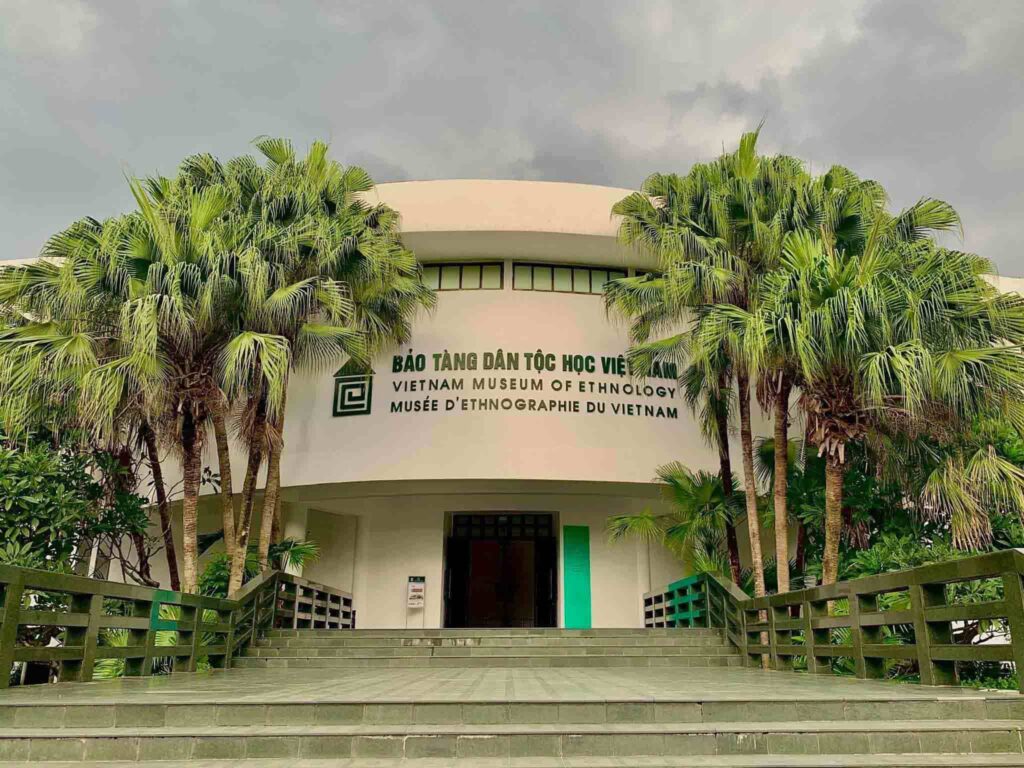
10. Nhà Thờ Lớn Hà Nội (St. Joseph’s Cathedral)
- Why Visit?: Built in the late 19th century, this Gothic-style cathedral is one of Hanoi’s most famous landmarks. It’s reminiscent of Notre-Dame de Paris and stands as a beautiful example of French colonial architecture.
- What to Do?: Attend a mass or simply admire the cathedral’s stunning architecture from both the inside and outside.
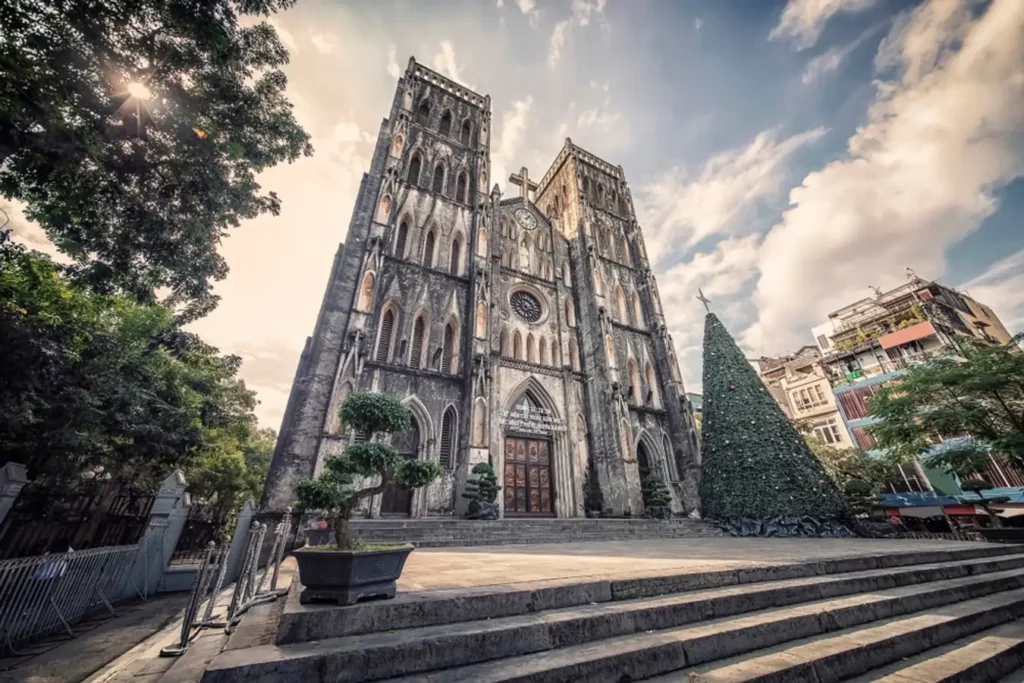
11. Chợ Đồng Xuân (Dong Xuan Market)
- Why Visit?: Dong Xuan Market is Hanoi’s largest indoor market, offering everything from food and clothing to souvenirs. It’s a great place to experience the local shopping culture.
- What to Do?: Shop for local products, try some street food, and experience the bustling market atmosphere.
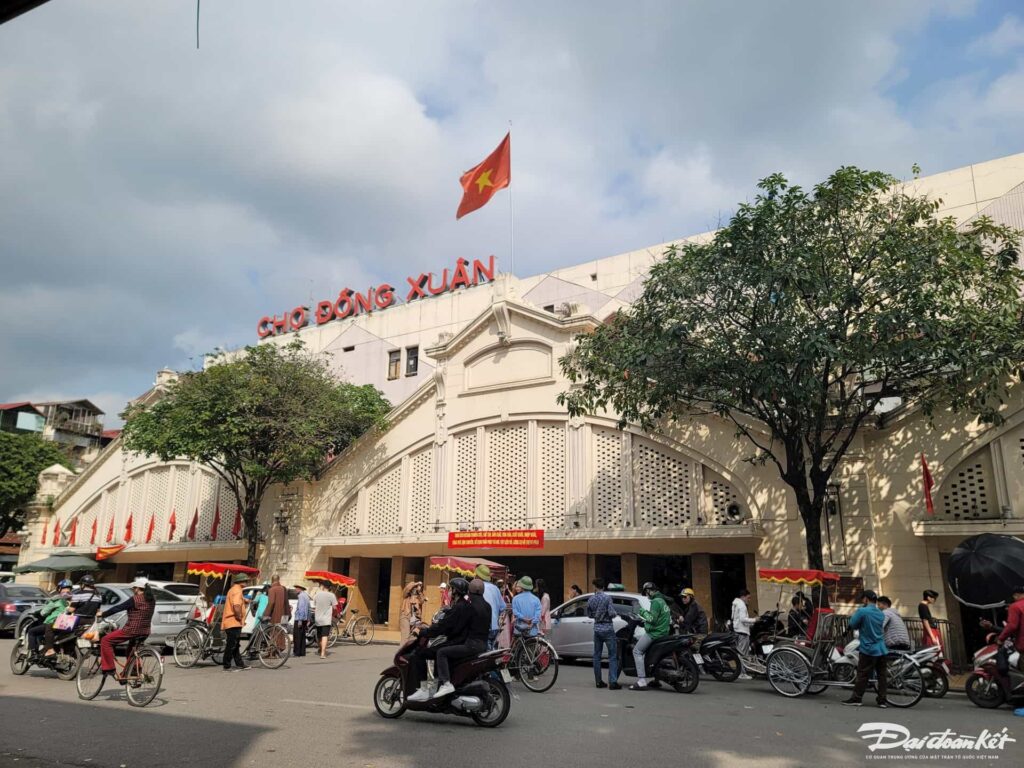
12. Nhà Hát Lớn Hà Nội (Hanoi Opera House)
- Why Visit?: This French colonial building is an architectural gem in the heart of Hanoi. It hosts performances ranging from opera and classical music to contemporary Vietnamese art.
- What to Do?: Attend a performance or take a guided tour to learn about the history of the building.
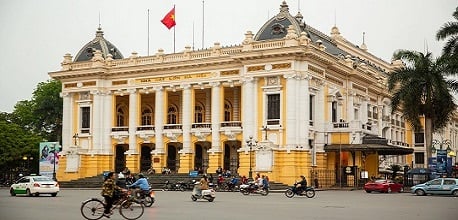
13. Phủ Tây Hồ (Tay Ho Temple)
- Why Visit?: Situated on the banks of West Lake, Tay Ho Temple is dedicated to the Mother Goddess. It’s one of the most significant religious sites in Hanoi.
- What to Do?: Visit the temple to participate in religious ceremonies or simply enjoy the serene surroundings.
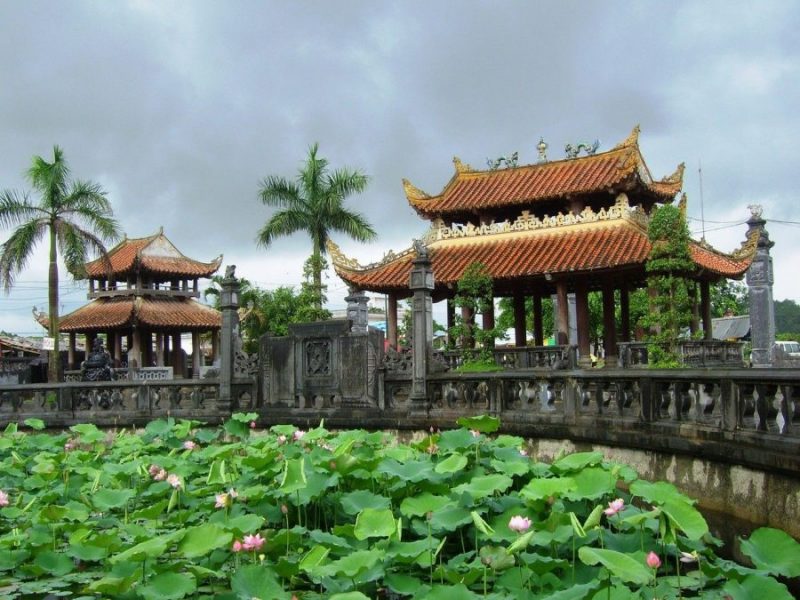
14. Bảo tàng Phụ Nữ Việt Nam (Vietnam Women’s Museum)
- Why Visit?: This museum is dedicated to the women of Vietnam, highlighting their roles in family life, history, and the struggle for independence.
- What to Do?: Explore exhibits that showcase the lives, work, and contributions of Vietnamese women throughout history.
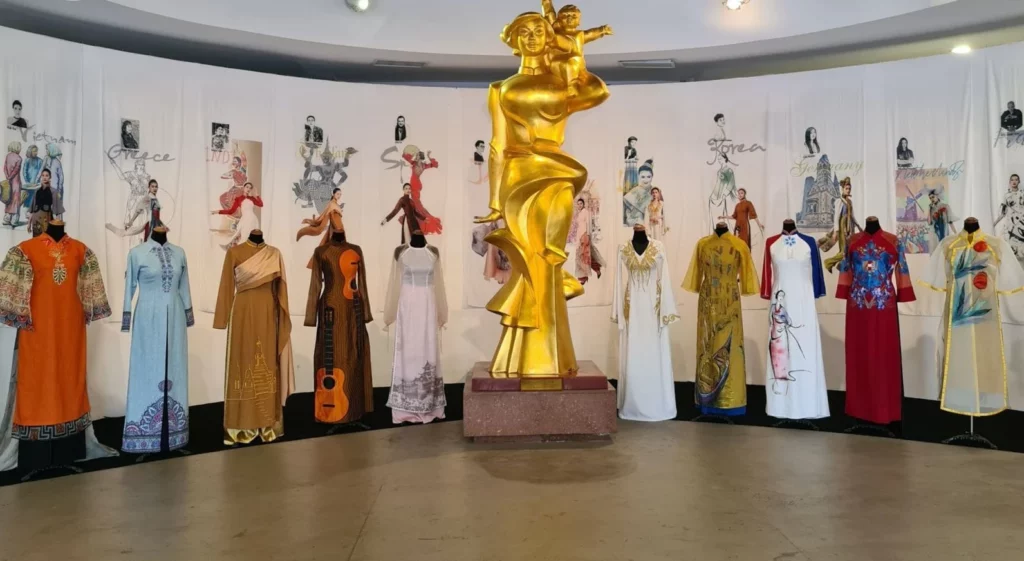
15. Cầu Long Biên (Long Bien Bridge)
- Why Visit?: Built during the French colonial period, Long Bien Bridge is an iconic symbol of Hanoi’s resilience. It’s a great spot for photography and offers stunning views of the Red River.
- What to Do?: Walk or cycle across the bridge, especially during sunrise or sunset, for a unique perspective of the city.

Conclusion
Hanoi is a city that offers a perfect blend of old-world charm and modern vibrancy. Each of these destinations provides a different glimpse into the city’s rich cultural heritage, making Hanoi a truly unforgettable travel experience. Whether you’re interested in history, architecture, cuisine, or just soaking in the local atmosphere, Hanoi has something to offer every traveler.

